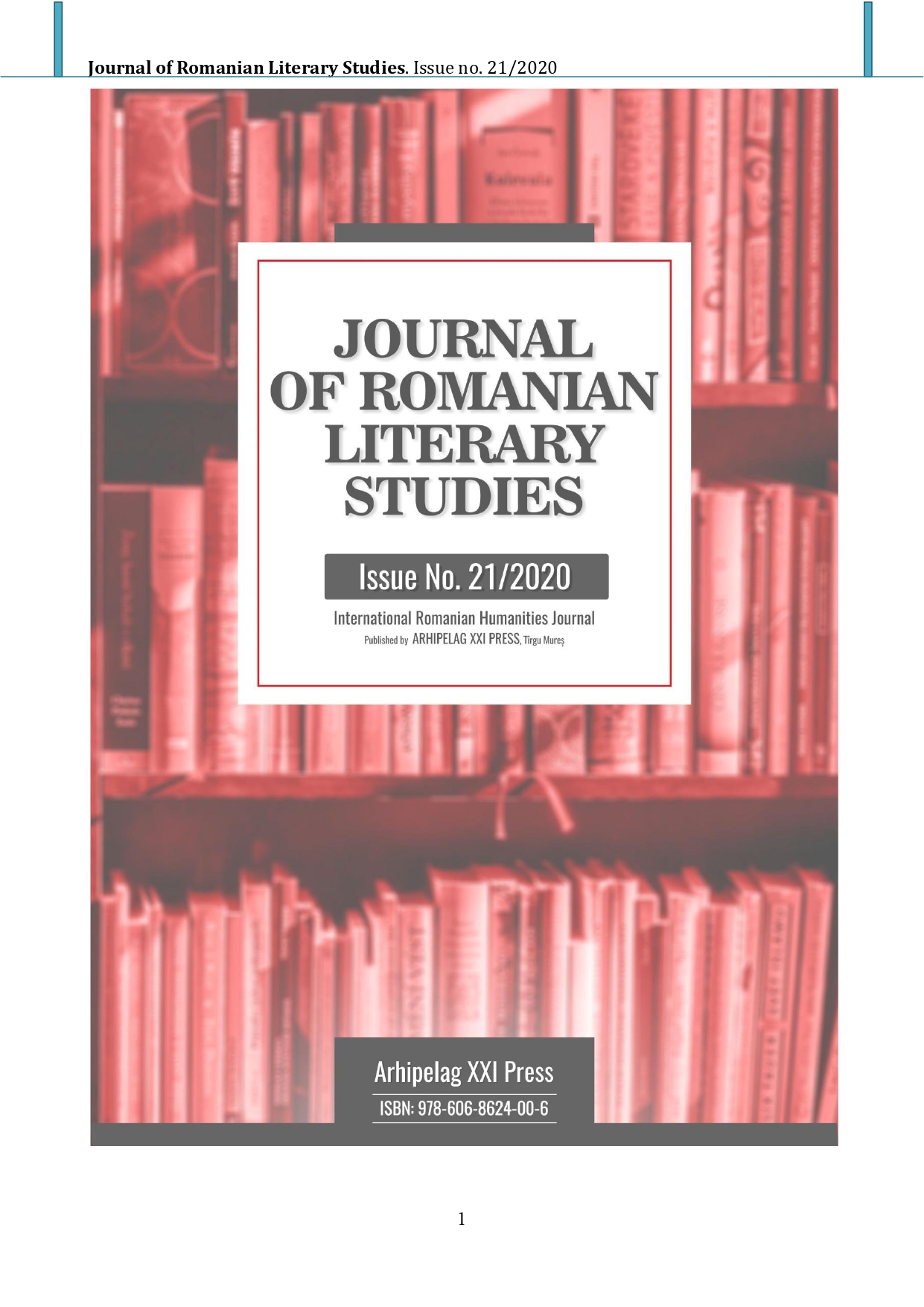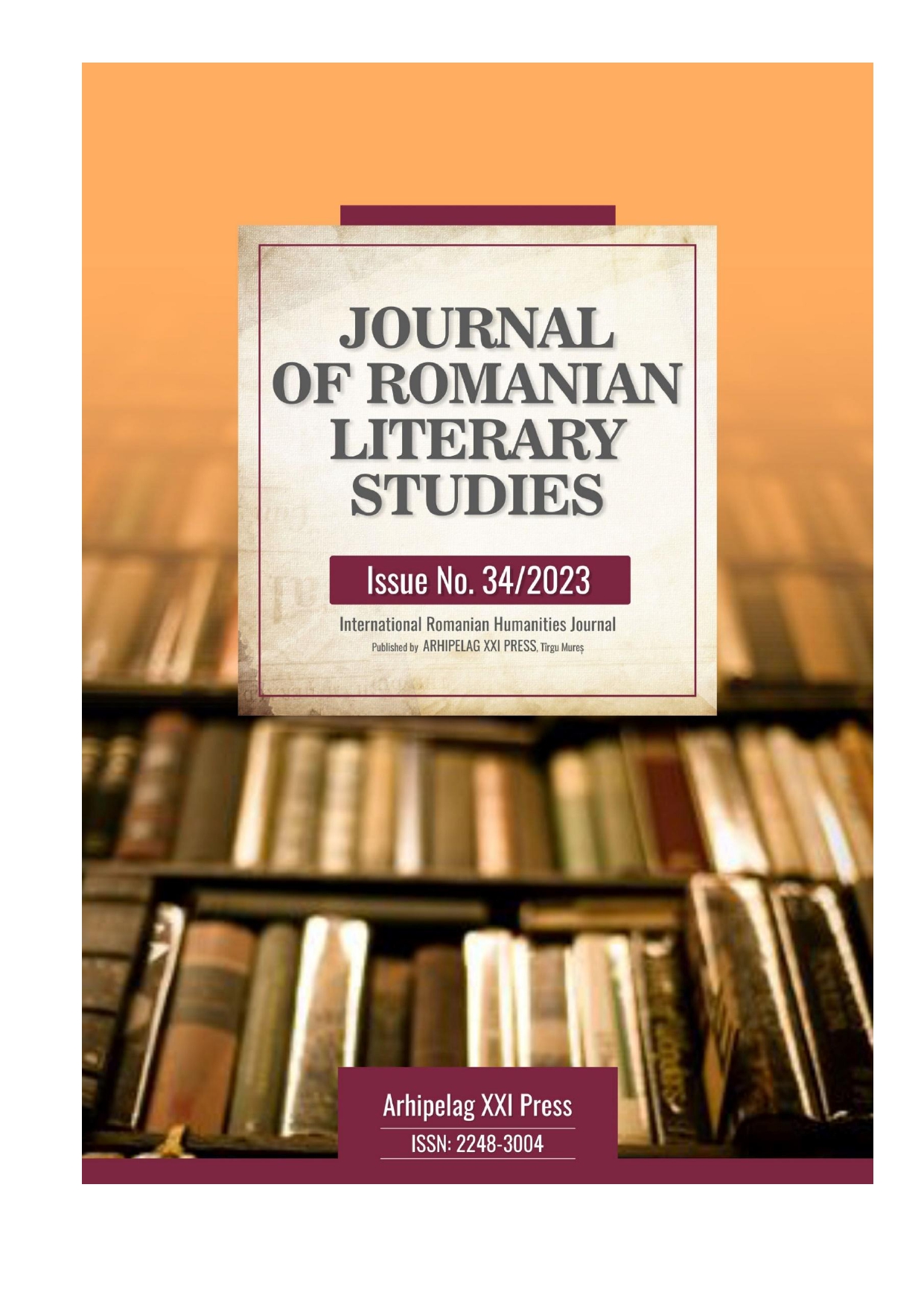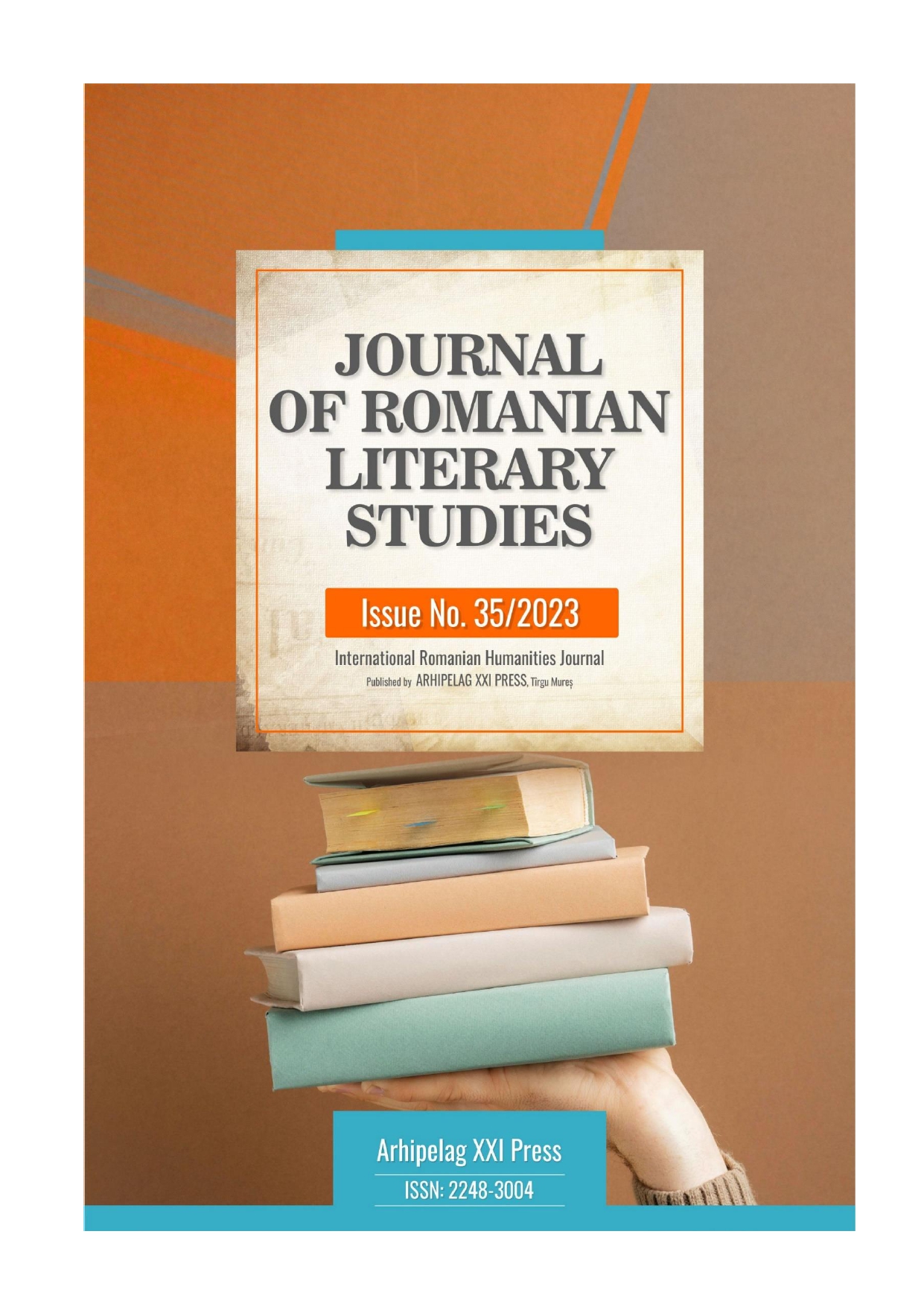Author(s): Justyna Szulich-Kałuża / Language(s): English
Issue: 1/2023
The article analyses two research problems related to media representations (digital lexicons of emotions) and visual metaphors of emotions in the Internet materials concerning religions during the pandemic. For the analyses two research techniques were used: analysis of the content and analysis of visual metaphors. Using the key words ‘religion’ and ‘coronavirus’ yielded 100 natural search engine results from Google Search (organic search), coming from all over the world, e.g. UK, USA, Poland, Canada, India, Israel, Iran, Qatar, North Korea, subject to content analysis. The research material employed in the study of metaphors are selected illustrations listed in an international catalogue of photographs and illustrations involving religious motifs, available during the COVID-19 pandemic. The metaphor analysis covered the illustrations selected from the study data, with the richest visual semantics and meeting at least one of the definition requirements for a visual metaphor. On the basis of the analyses of virtual lexicons of the emotions of fear (and accompanying distrust), anger/wrath, happiness/joy (and accompanying: hope, trust, satisfaction, mental balance, peace of mind, closeness, solidarity, compassion, care, solace), and sadness/uncertainty, a general conclusion was formulated about the enrichment of the emotional media culture with new contexts of language use. The described examples of visual metaphors of emotions allowed for the reading of compositional techniques, symbolism, colours, contrast and elements taken from the original metaphors. The results contribute to the studies of the social concept of emotions presented in the digital media and of new contexts of their media representations. They point to the adjustment forms of the organization of social life on the Internet initiated by religious practices that are, by their nature, emotional. The media representations and visual metaphors of emotions contribute to the creation of universal lexicons of emotions.
More...
















